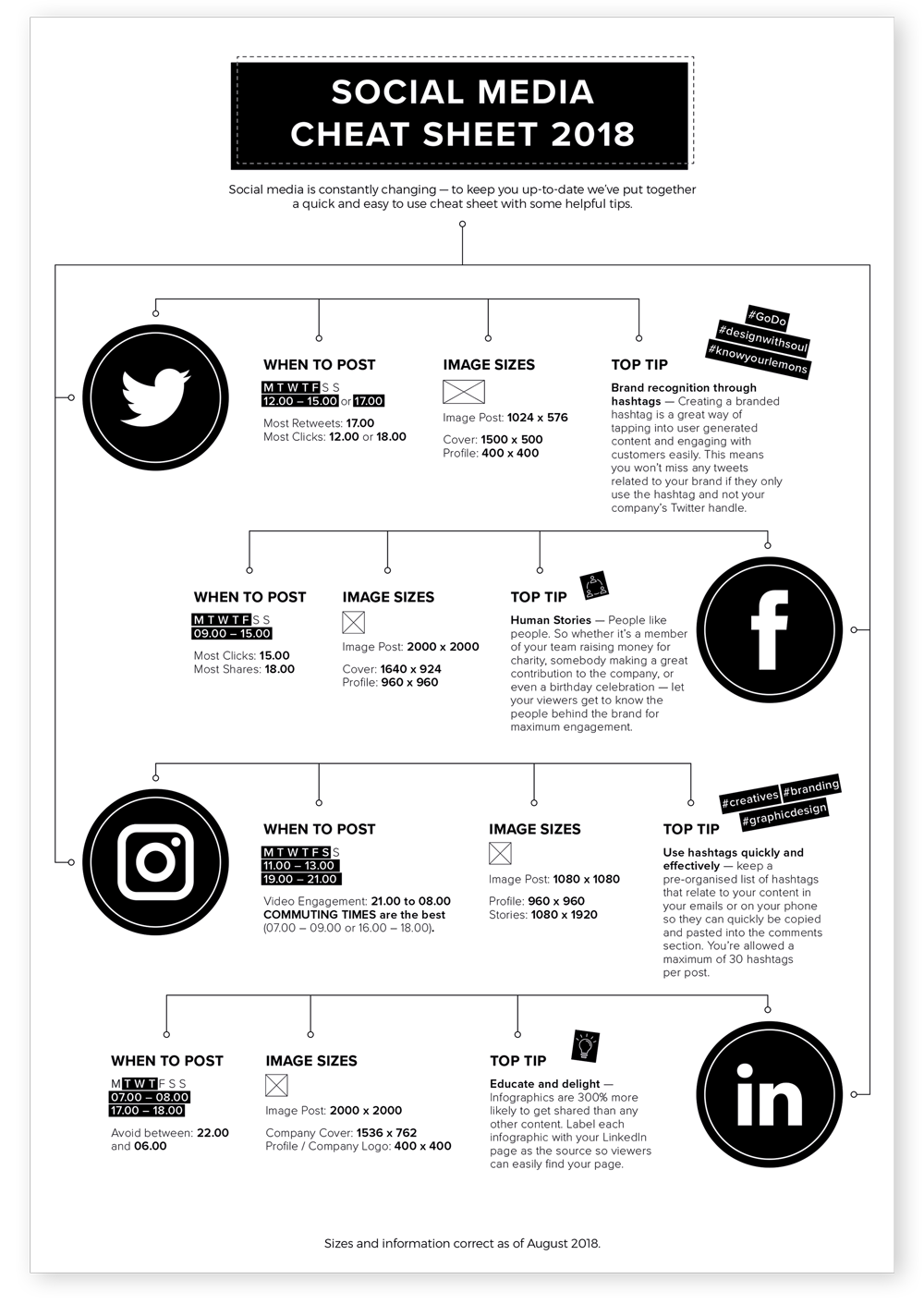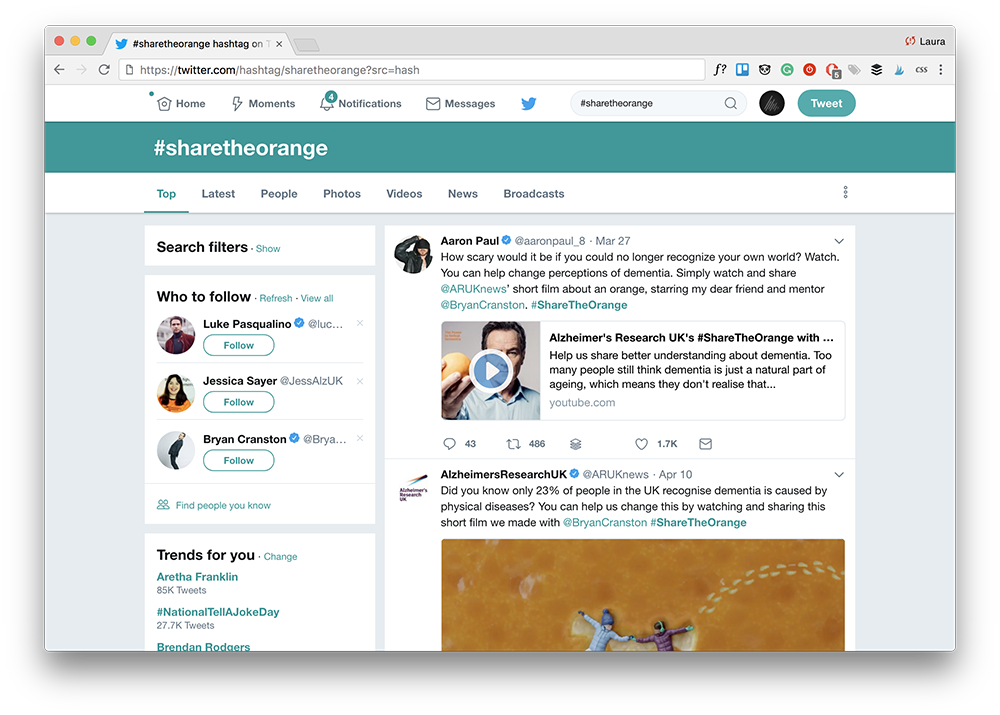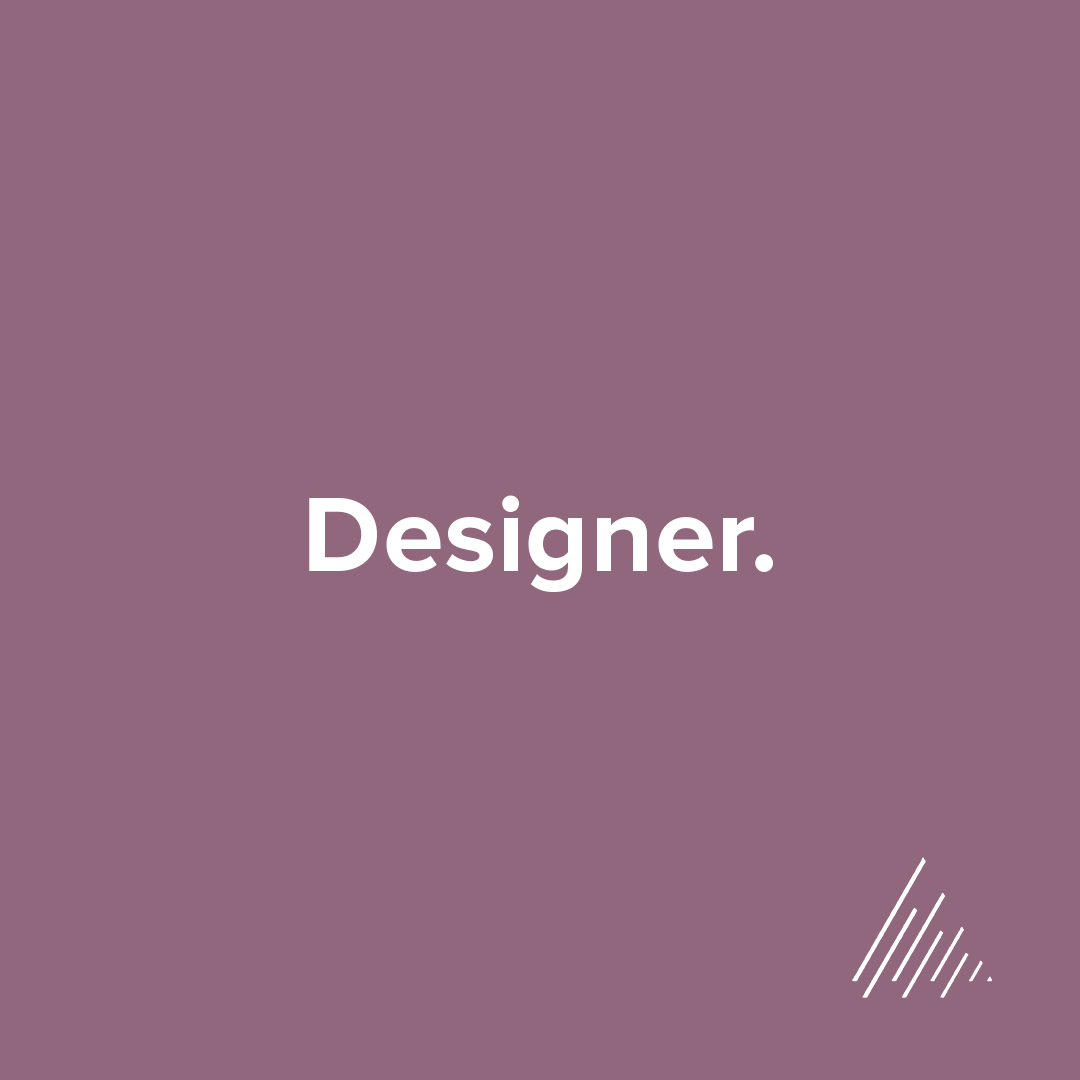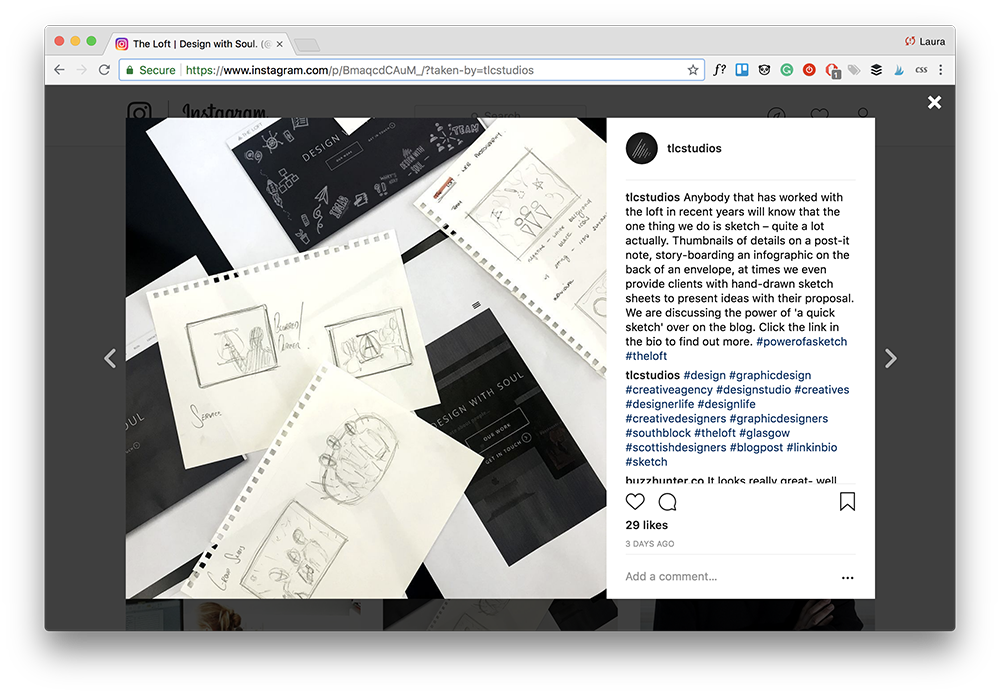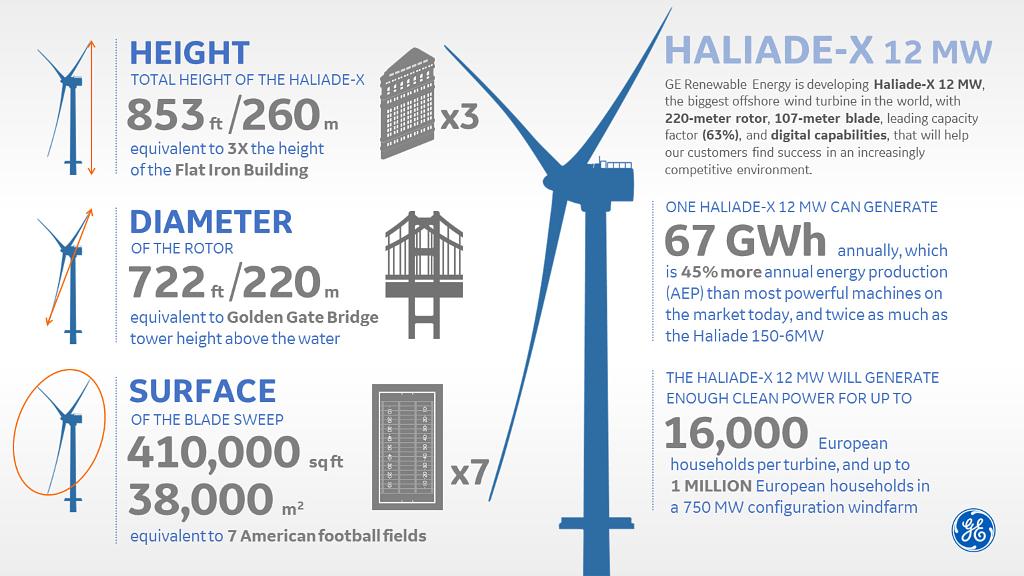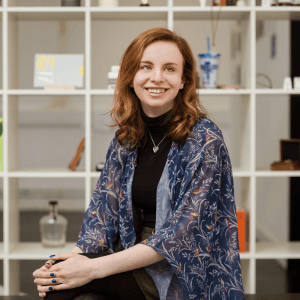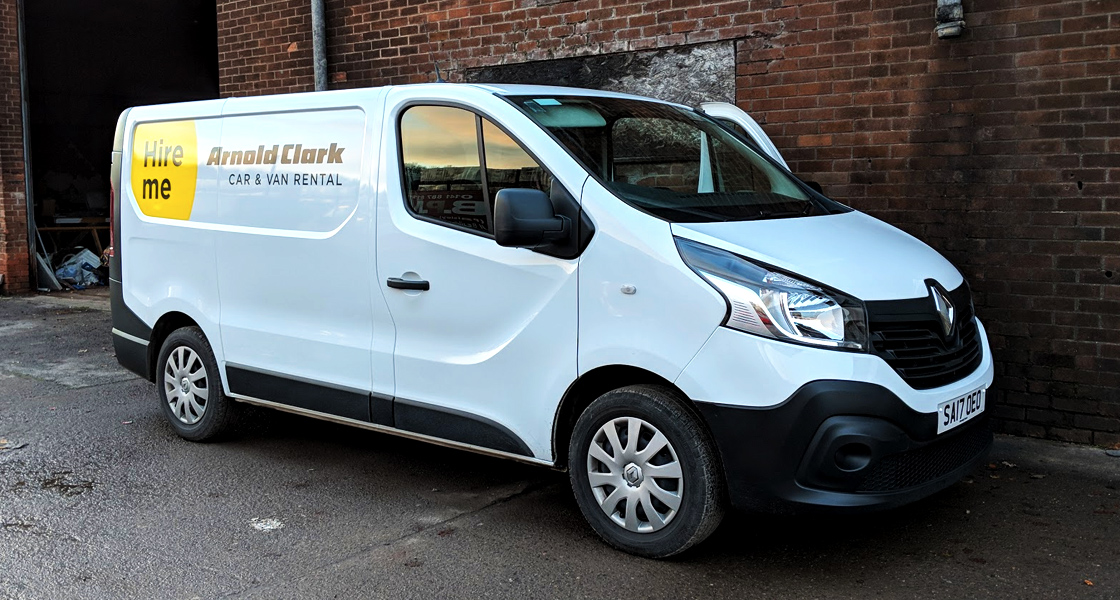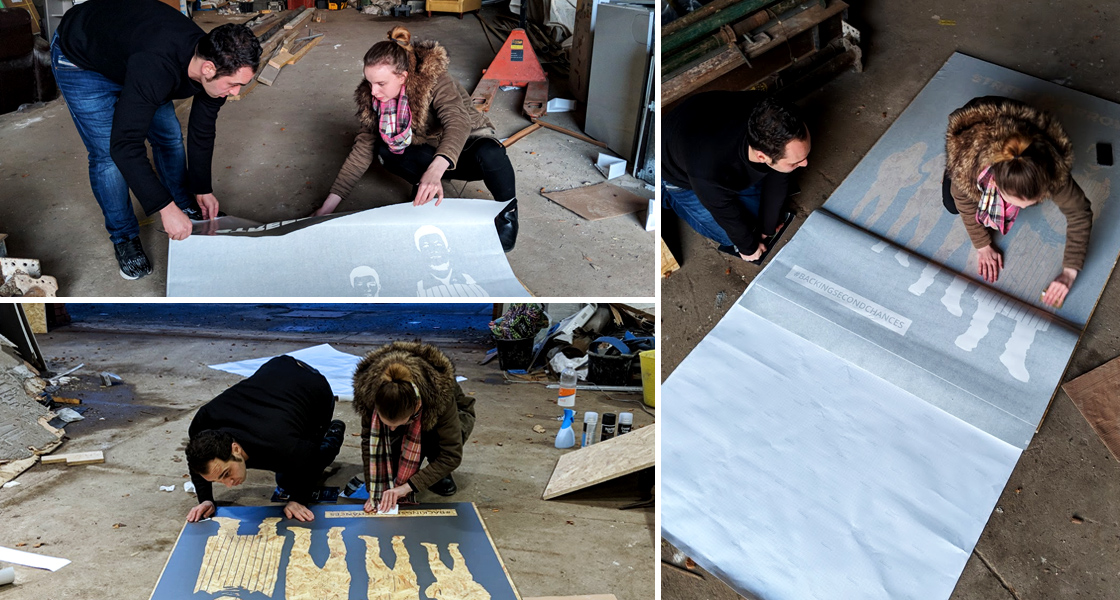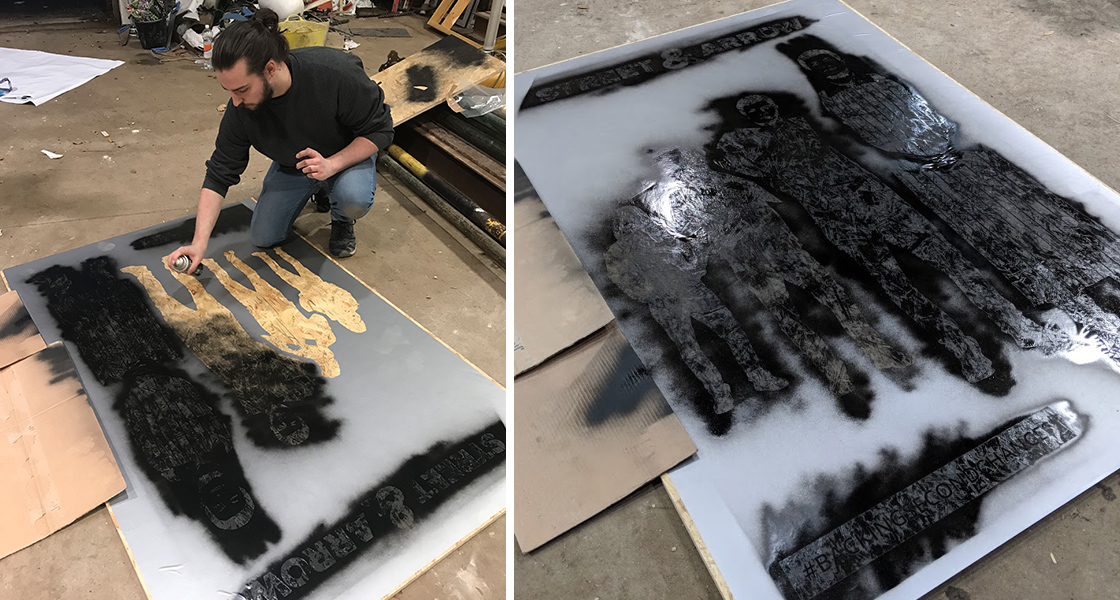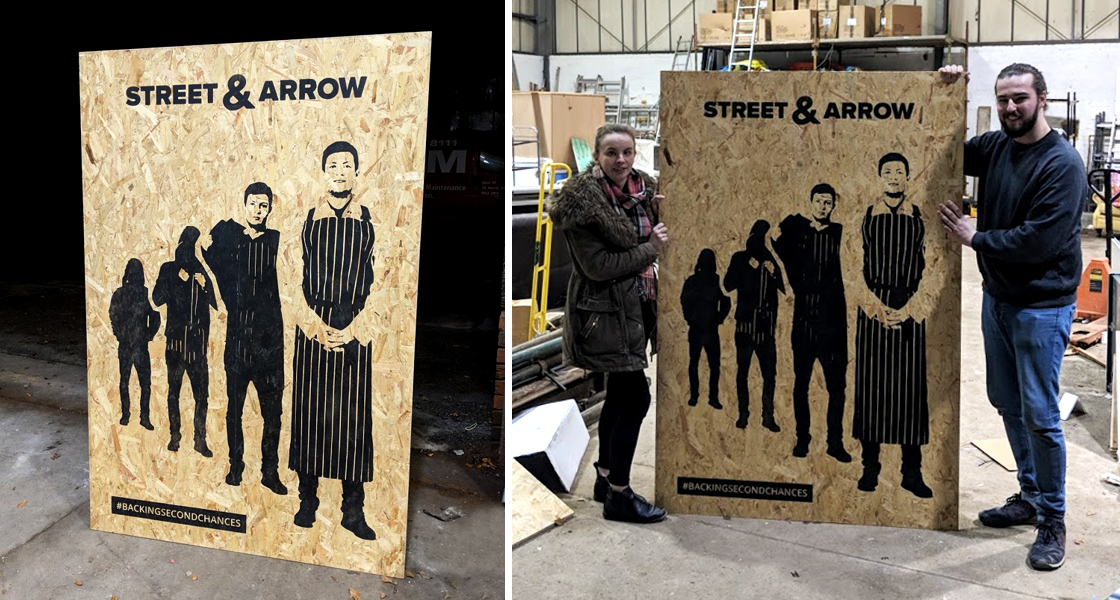Hello, you lovely design people! It’s been a while since I’ve posted on here and felt it was time to start flexing my linguistic muscles once again. We have been doing a lot of brains forming in-house recently — from developing exciting new brands from scratch to shaping the future for existing companies — all if which requires idea generation.
And what do you know, that brings me right to the main topic I would like to talk about: what is the most effective process for coming up with amazing ideas?
Below you will find our tried and tested route that we find works best. There are of course many external factors at play during a project, but this process keeps us grounded and allows ideas to flourish — always crucial at the initial stages of any project. The method to our madness:
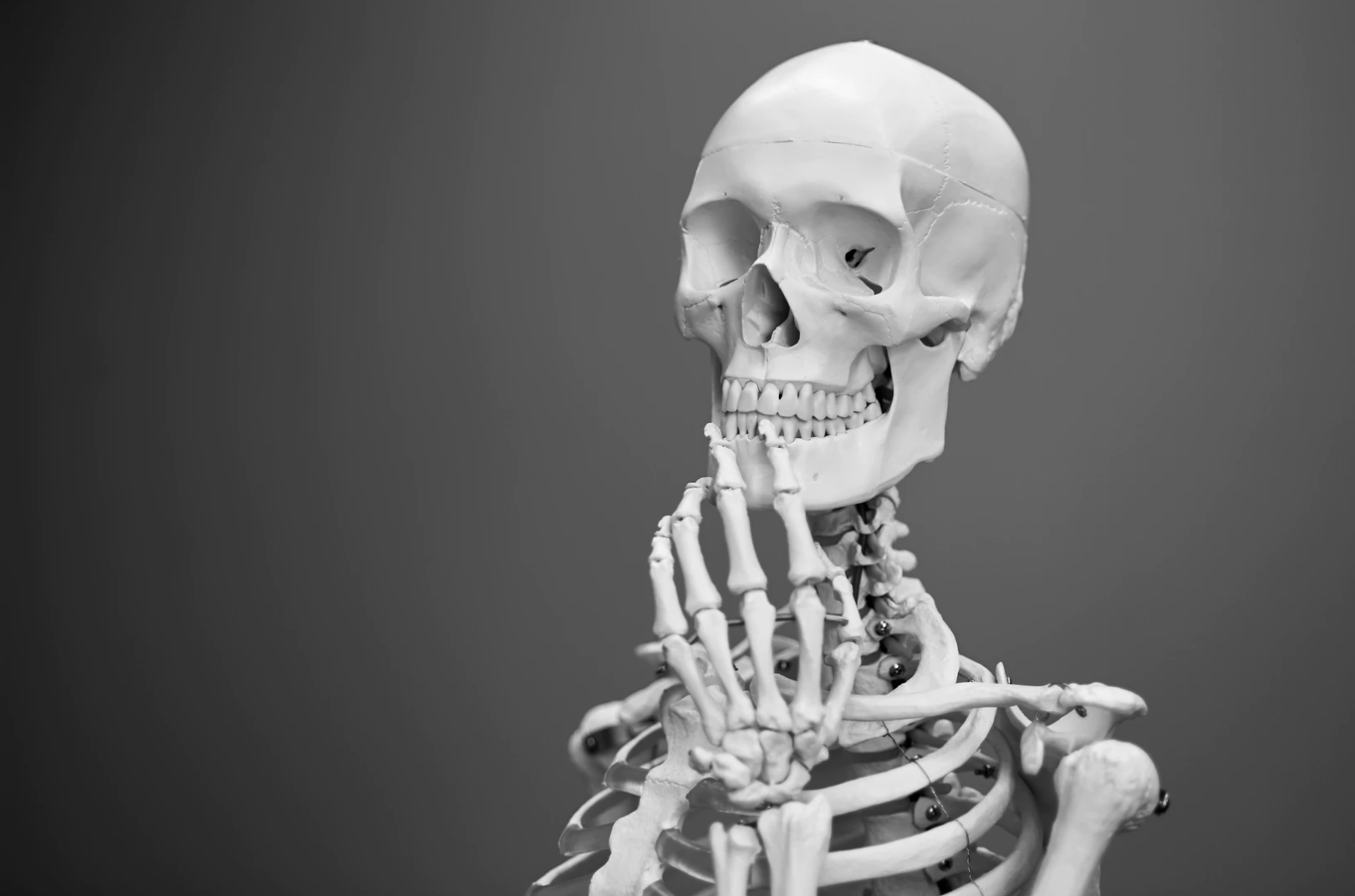
1. Truly understanding what you’re trying to communicate
How could one generate new ideas based on something they have no idea about? Ridiculous, I know, but chocolate teapots aside, having a deep understanding of the requirements, requests, and responsibilities is key to developing a killer idea. A dear friend of mine, Abraham Lincoln, was right to say, “Give me six hours to chop down a tree and I will spend the first four sharpening the axe”. Ask as many questions as you need, or ask as many as you feel is socially acceptable — whichever comes first.
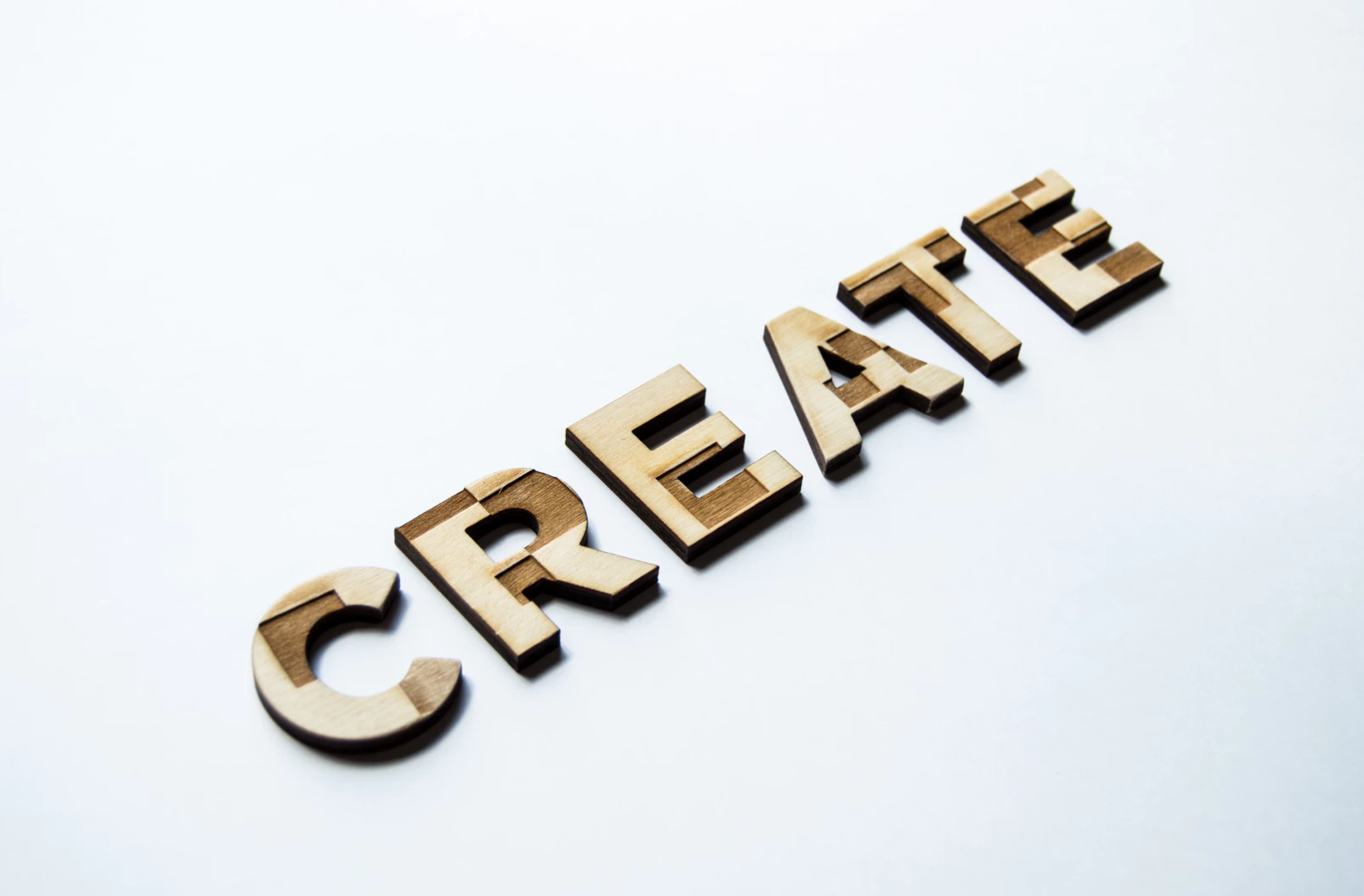
2. Start with the words
Once our brains are stuffed to the brim with knowledge of the task at hand, we move onto refining the language that surrounds the requirement. This involves chopping up meeting notes, re-reading initial emails, and honing in on the first bright sparks that come to mind. We find brainstorming can signpost potential directions for projects, which later develop into themes.

3. Move on to mind mapping
With ideas ripe and ready for the picking, the mind mapping process allows us to delve deep into our subconsciousness and connect the dots. It’s important to start very broad and general with mind mapping — sometimes you can find yourself putting pressure on linking these ideas back to the brief’s final outcome. But by starting wide and honing in nearer the end it grants us the ability to develop ideas that would never have been available with a narrow viewpoint. Also, as we are visual creatures; the endpoints of our mind map are most effective when they are nouns, as this is something we can visually represent.
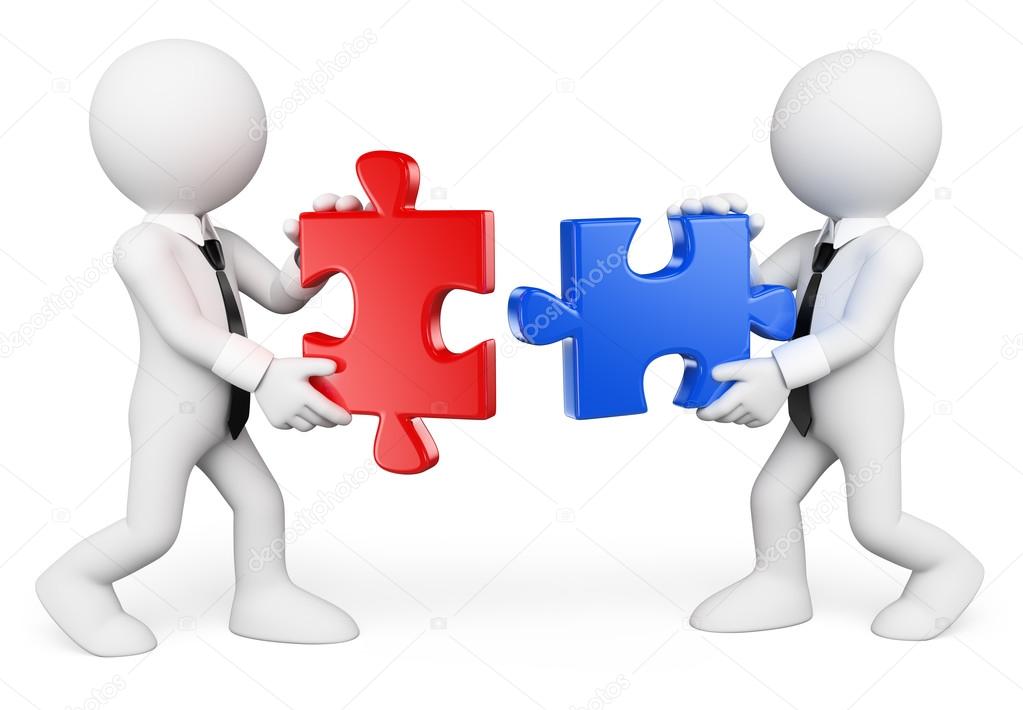
4. Researching key terms
After some group discussions and along these ideas to soak in, we then select some key terms that become apparent on the mind maps. We take inspiration from books, artwork, and online research. Initially, we find it most effective by staying away from similar outcomes (be that a logo for example) and focus more on literal representations of the key terms. And if anyone uses a ‘Stock_3D_business_people_putting_puzzle_pieces_together.jpg’, they’re fired (see image above for reference, you heathens).
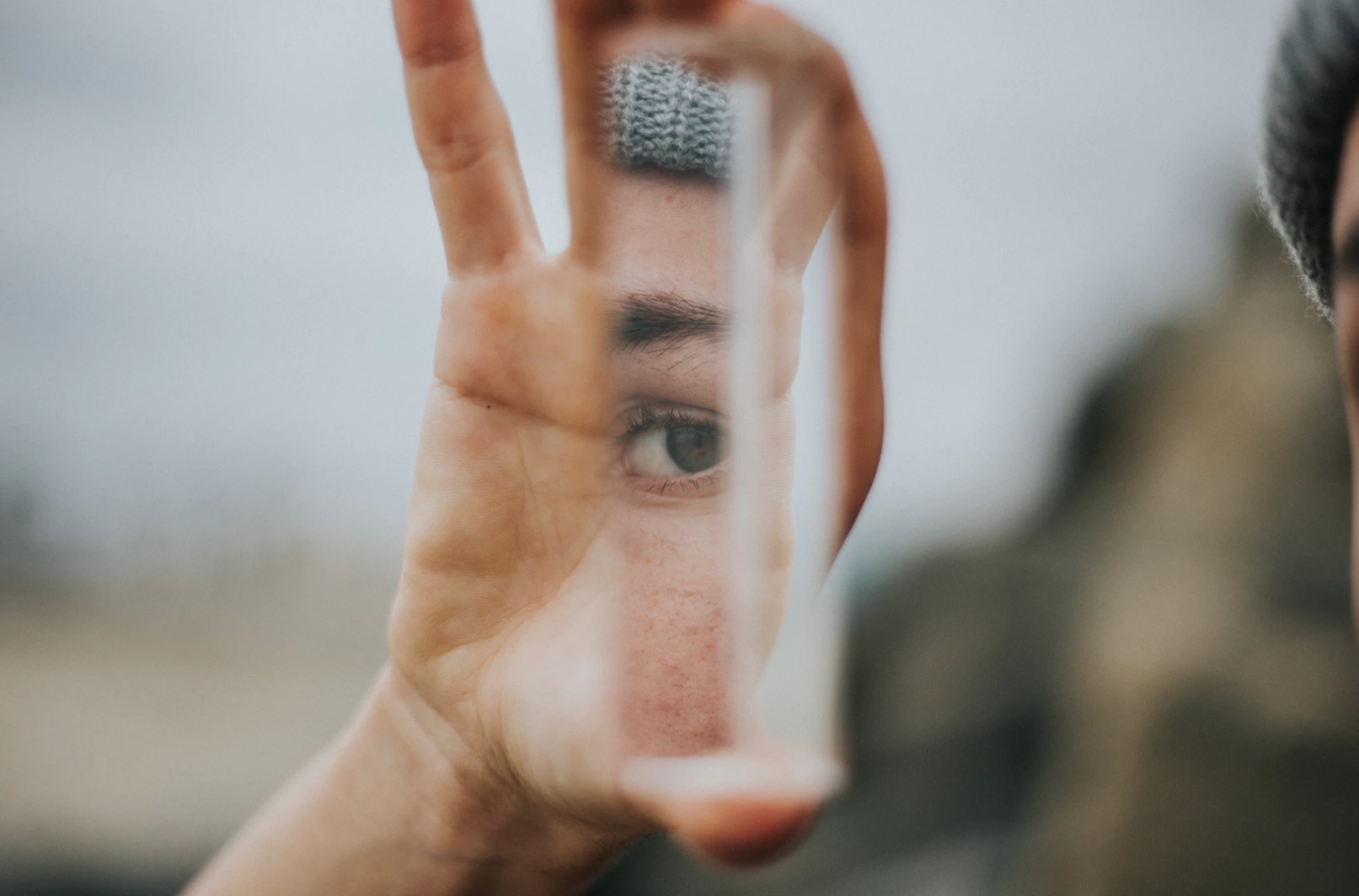
5. Reflecting on research imagery
A core part to idea generation is joining the dots — seeing the emerging patterns in the research and deciding which is most fitting for the brief. I previously mentioned that it was initially most effective to not link back to the brief’s final outcome — but now is the time to do so. Moving away from the wide and honing in on particular parts of the research that fit the brief’s message. These groups are what form out themes.

6. Thumbnailing the themes
Time to start drawing. Putting pen to paper and making some initial marks gets the creative juices flowing. It’s always a good idea to keep things rough and loose, unrestricted and free from too much control. I personally find it most effective if I continue sketching multiple ideas inspired from the research imagery until I can’t see it from any other angles. At that ‘burn-out’ point it’s time to take a step back and review.

7. Breath and refine
Go on, grab a cup of coffee, take 5, and give your brain a breather. Fresh eyes unclog the mind and open up a new perspective on some of your design choices. Upon reflection of thumbnails, we like to select the ones that are working well and have potential, before refining these ideas with help from our research and words taken from the brief.

8. Rinse and repeat
Continue developing and refining these thumbnails until you are confident in a selection of ideas. It’s never smart to propose a design that you don’t feel works just to please the client because the client will always choose this one. Survival of the fittest I say, let the thumbnails battle against one another until a brilliant (and slightly intimidating) group of ideas have formed.
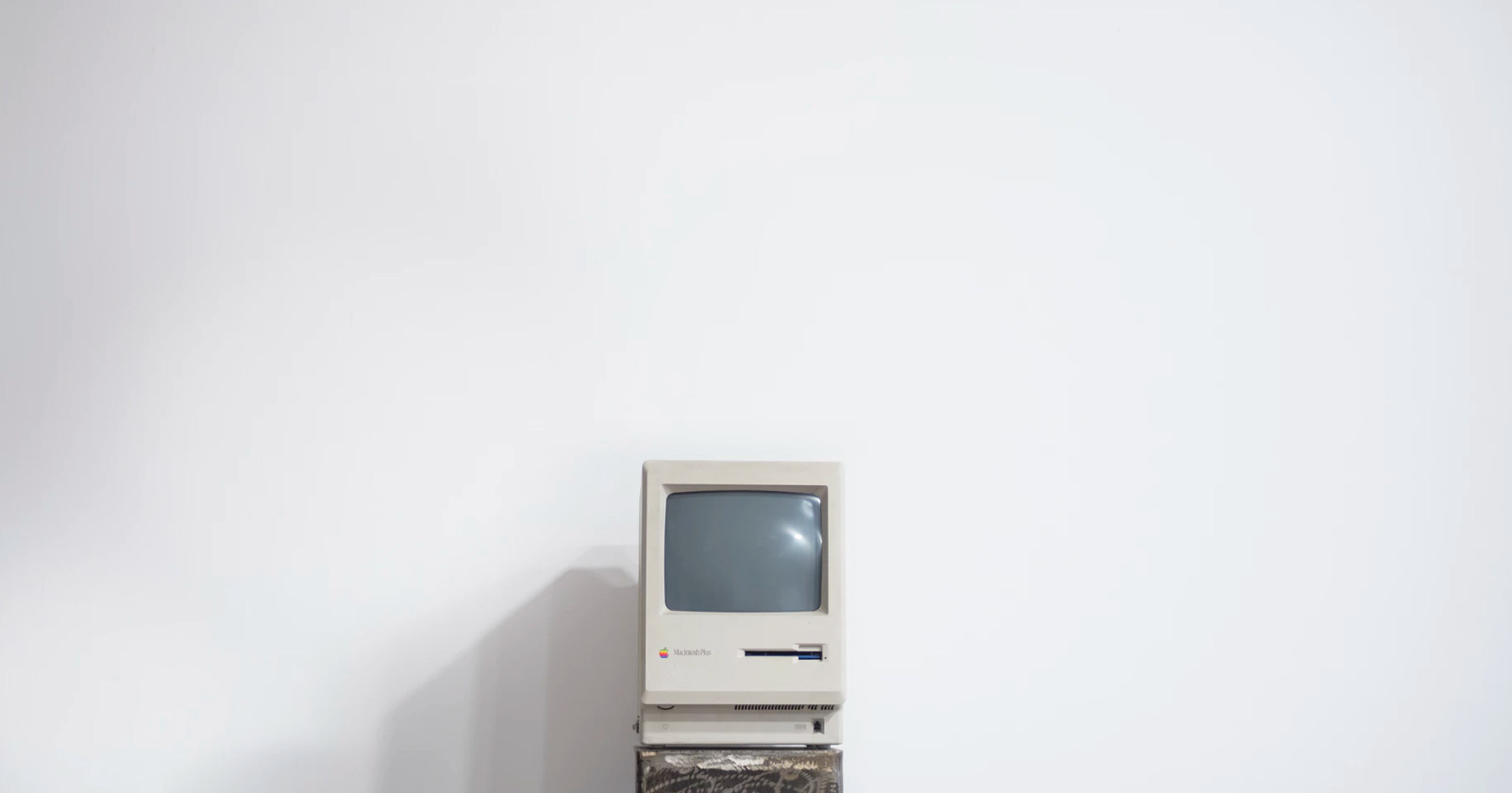
9. Digital development
Only after the intense labour of love for our thumbnail sketches is over will we then move onto the computer. We feel it’s good to see the computer as a tool, instead of a creative outlet (an expression that is engrained from college lecturers). Paper and pencil are quick, loose, and unrestricted — and although it may seem faster to just jump on a computer, the process will take much longer if not executed properly. A lot of the time we will send our clients refined sketches before moving onto the computer, just to really nail the initial idea.
Our process is always changing as we learn and adapt to the current design climate, but it’s something we use on a day to day basis. It makes even the most ambitious projects much more manageable and exciting, no mean feat!
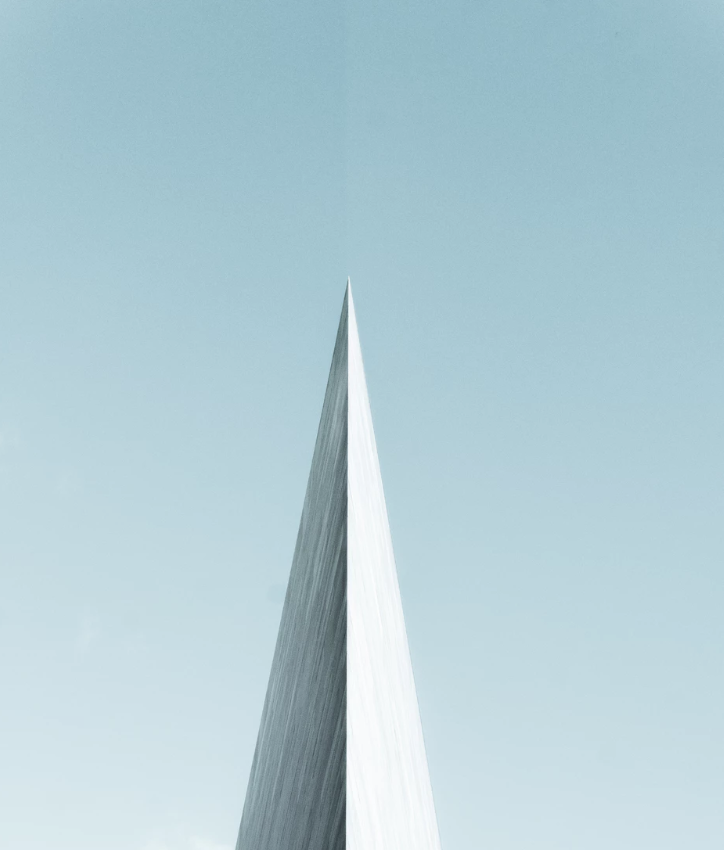
Alongside this process list, we want to share some top tips on idea generation, you lucky devils you:
- A lot of idea generation is simply finding links between existing ideas
- Recreate literal objects in interesting ways which tie together multiple messages
- Always start broad and work your way back in
- Take inspiration from absolutely anywhere, not just Pinterest…
- Breaks are important
- So is coffee
- Don’t be afraid to explore the unknown, that’s where excitement lives
- Fall in love with your ideas
Alas it’s time to conclude the chronicles of idea generation. Go forth and shower all projects with wonderful and weird ideas. Now with numb fingers, I bid you farewell, but I’m sure we’ll speak again very soon…
Reiss, Designer & Director of Client Happiness.

Reiss is a multi-purpose designer with a broad range of skill-sets.
He loves being a part of any creative activity — whether it’s mapping out a user experience, getting his hands dirty with some copy or even re-building bits of his motorbike.
A born people-person, Reiss is never happier when showcasing ideas from his vividly wild imagination and working with clients to see them through to completion. Once an architect, he has a keen eye for conceptual ideas and never tires of learning new things.
